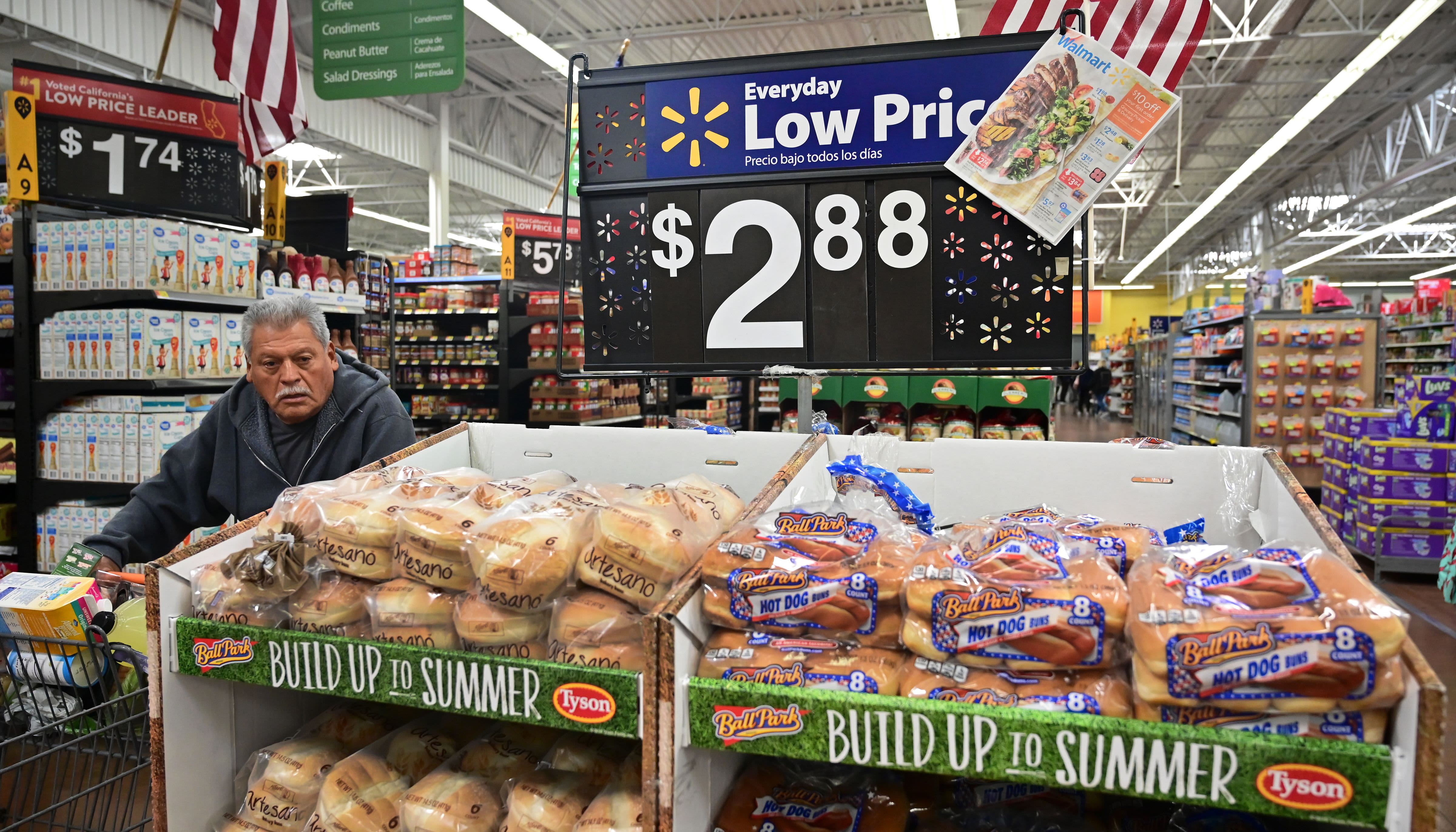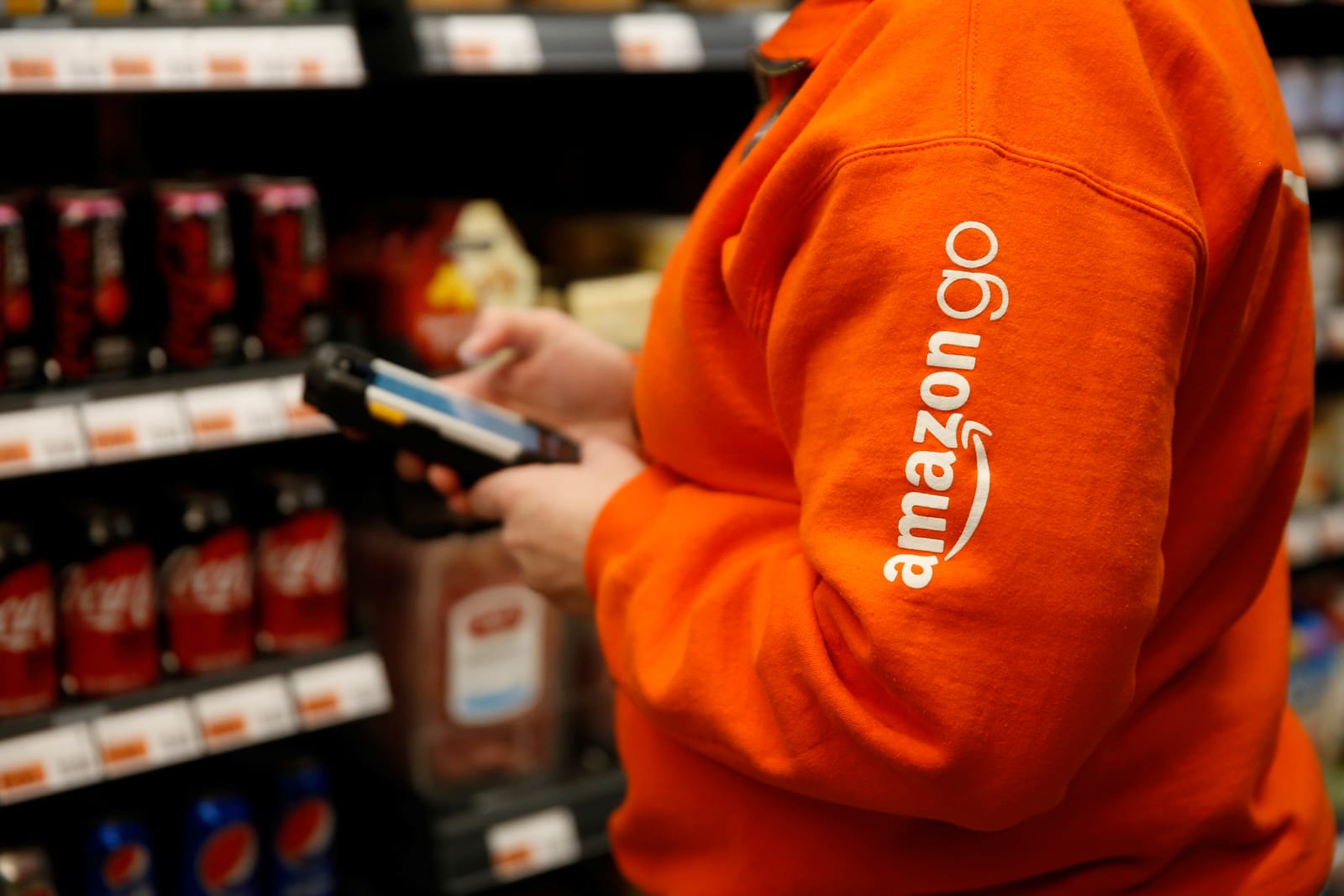
The Standard & Poor’s 500 and Nasdaq composites both fell about 1.2 percent.
After such extreme sell-offs, stocks tend to bounce back quickly. But the market’s performance Tuesday morning appeared to tell a different story. American businesses are still wary that Chinese manufacturing and production will be stalled until the outbreak is under control. And the Federal Reserve is up against fresh pressure to find an emergency salve.
Meanwhile, Japan’s Nikkei index sank more than 3 percent. The Shanghai Composite Index was down roughly 0.6 percent, and Hong Kong’s Hang Seng was essentially flat.
In Europe, Britain’s FTSE sank 1.15 percent and Germany’s DAX was roughly 0.8 percent in the red.
The Chinese government confirmed 508 new cases, along with 74 deaths, bringing the total number of accumulated infections nationwide to 77,658, with 2,663 deaths. Iran confirmed 95 cases nationwide, with at least 15 deaths. And South Korea reported 144 new cases, bringing its national total to 977.
Shares of Moderna, the Massachusetts-based drugmaker, surged 10 percent Tuesday morning on reports that it had shipped the first batch of a coronavirus vaccine to U.S. government researchers. The share price had skyrocketed 15 percent in pre-market trading.
The Wall Street Journal reported Monday evening that Moderna had sent vials to the National Institute of Allergy and Infectious Diseases in Bethesda, Md. The Institute told the Journal that it expects to start a clinical trial of 20 to 25 healthy volunteers by the end of April to test whether two doses of the vaccine induce an immune response that can guard against the infection.
Much is still unknown about the novel coronavirus virus and the illness it causes, prompting a rush to produce a vaccine and test its safety and efficacy. That push isn’t only coming from private biotech firms. Late Monday, the White House asked Congress for $1.8 billion in emergency spending to boost its coronavirus response.
“The administration believes additional federal resources are necessary to take steps to prepare for a potential worsening of the situation in the United States,” wrote Acting White House Office of Management and Budget director Russell Vought in a letter to congressional leaders.
Separately, President Trump said Tuesday the U.S. stock market would crash if he doesn’t win reelection. Trump routinely cites the strength of the U.S. markets, which have long been trading at or near record highs, as a barometer of his presidency. From the White House to the campaign trail, he touts that success as one of his chief accomplishments.
Speaking at a business round table during his 36-hour visit to India, Trump said the markets would see a boost if he wins in November. But “if I don’t win, you’re going to see a crash like you’ve never seen before,” Trump said.
https://news.google.com/__i/rss/rd/articles/CBMiWmh0dHBzOi8vd3d3Lndhc2hpbmd0b25wb3N0LmNvbS9idXNpbmVzcy8yMDIwLzAyLzI1L2Nvcm9uYXZpcnVzLXN0b2NrLW1hcmtldHMtbGl2ZS11cGRhdGVzL9IBaWh0dHBzOi8vd3d3Lndhc2hpbmd0b25wb3N0LmNvbS9idXNpbmVzcy8yMDIwLzAyLzI1L2Nvcm9uYXZpcnVzLXN0b2NrLW1hcmtldHMtbGl2ZS11cGRhdGVzLz9vdXRwdXRUeXBlPWFtcA?oc=5
2020-02-25 15:55:00Z
52780630255565




